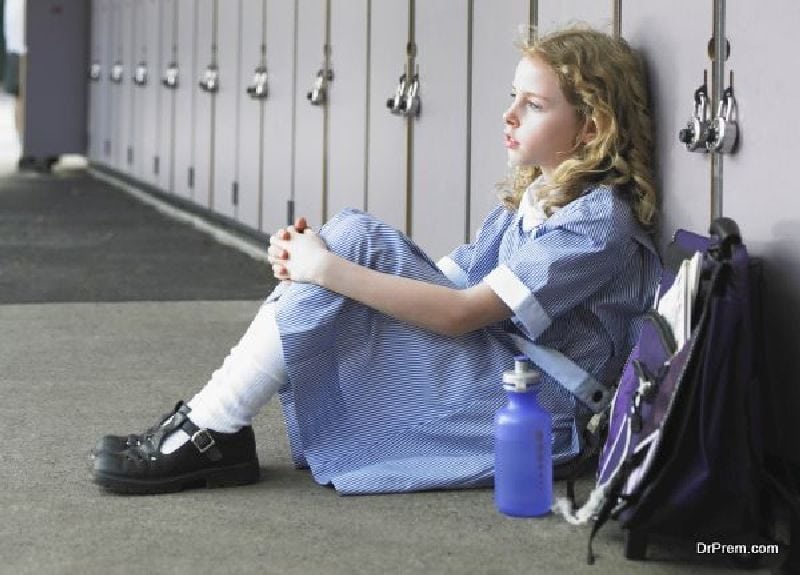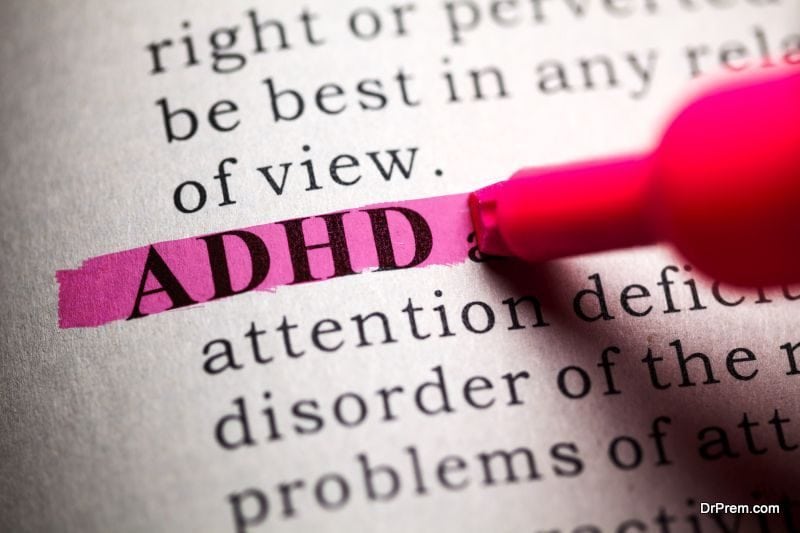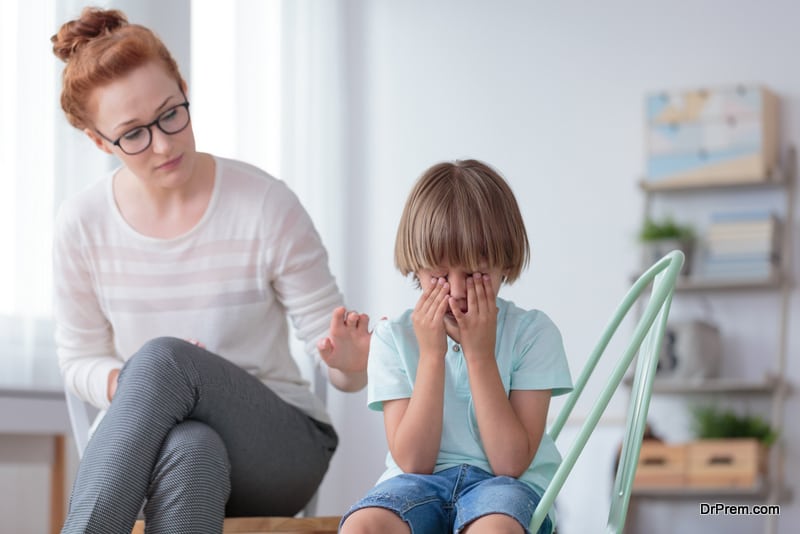ADHD, or attention-deficit hyperactivity disorder, affects about 11% of all American children. ADHD is considered a learning and behavioral condition that makes it difficult for individuals to focus and results in hyperactive behavior and impulsiveness. Because many children are active by nature and have a short attention span, it’s not always easy to diagnose this condition.
Once a diagnosis of ADHD is made, there are a variety of treatment options available from medication to counseling and even diet change. Treatment is often based on the parent’s wishes, combined with doctor recommendations. This article will give you further insight into ADHD, what the symptoms are, how it is diagnosed, and what treatment options available.
Symptoms of ADHD

The symptoms of attention-deficit hyperactivity disorder are found in the condition’s name. It’s a student or child’s inability to focus their attention or control their activity level. It’s important to note that ADHD primarily affects children but can also impact an adults ability to concentrate and perform daily tasks.
For many children, the first signs of ADHD appear when they begin school. This is because there, for the first time, a child is being asked to sit, focus, and listen while exhibiting patience and self-control. This is difficult for someone suffering from ADHD.
If a student is unable to focus on directions or pay attention long enough to complete a simple task, these may be early warning signs of ADHD. Children have short attention spans by nature, which sometimes makes it difficult to determine if they’re exhibiting symptoms of ADHD or are simply being kids.
Children with ADHD also appear not to be listening when being spoken to. This can happen when an adult or teacher is instructing a child to do something or even when they are being spoken to by a peer. Other markers of ADHD are children who make careless mistakes, are unable to follow simple directions or have difficulty remembering basic information and following instructions.
Diagnosis
Once the symptoms of ADHD are recognized in a child, a medical diagnosis is made. But this process isn’t as simple as it may seem. There isn’t a single test or way to positively diagnose ADHD other than by observing a child’s symptoms over time.
Usually, an individual must exhibit symptoms and behaviors related to ADHD for six months or more. It’s important to note that there are three subtypes of ADHD – inattentive, hyperactive-impulsive, and combination. Understanding the symptoms and signs of each subtype will help you to determine which, if any, is affecting your child.
Inattentive – Inability to concentrate and become easily distracted.
Impulsivity – Acting it without thinking, taking (sometimes) dangerous risks, interrupting.
Hyperactivity – Always moving or fidgeting, having excess energy, trouble focusing or staying on task.
Each subtype of ADHD carries with it specific symptoms associated with that subtype. In order for someone to be diagnosed with one, or all, of the subtypes, they must exhibit six of the nine symptoms found under each subtype. These symptoms must also interfere with everyday life for them to be considered.
Someone may exhibit all three symptoms of ADHD while others may just have one. These symptoms can change over time. Some may dissipate while others are heightened based on the situation. Because ADHD is a constantly changing and evolving condition, it means that you need a flexible treatment plan. What works for a while may not work forever. You may also consider a combination of medication and non-medicinal approaches. Below you’ll find more information on both options.
Non-Medical Treatment Options
Even after a diagnosis of ADHD is made, depending on the age of the child, many parents opt not to place their child on medication. This is a personal decision and one that each individual parent must make. Some choose to try alternative methods before medication. Here are a few approaches for addressing ADHD symptoms and behaviors without the use of medication.
Therapy

Therapy is an excellent resource for all types of mental and emotional disorders. There’s really no one exempt from feeling the benefits of therapy. Therapy sessions help you to reflect on your behavior, express your feelings, and discover the cause of your emotions, all in the comfort and safety of a trusted professional’s office.
Behavioral therapy is most beneficial for those with ADHD because it teaches individuals to replace negative behaviors with more positive and purposeful ones. Like in all therapy sessions, ADHD patients will learn to identify, express, and control their feelings and emotions. Another positive side of behavioral therapy is that family members of those with ADHD can benefit from it. Parents and relatives learn tools and skills for coping with the difficult behaviors.
Diet
Some people believe that a child’s diet can actually exacerbate and worsen the symptoms of ADHD while others can help treat them. For example, omega-3 fatty acids are a nutrient that ADHD sufferers are often lacking. There are 2 types of omega-3 fatty acids – DHA and EPA. Both are important for ADHD patients and are best found in supplements.
These nutrients help stabilize brain and nerve function. Feeding your child a high-protein diet is extremely important. This is because proteins help prevent spikes in a child’s blood sugar, which can intensify hyperactive feelings and outbursts. Try incorporating plenty of vegetables, whole grains, and lean proteins into their diet. Vitamin C and zinc are also important for neurotransmitter health.
Lifestyle Changes
 If you or your child suffer from ADHD, exercise is the perfect way to release some of that pent up energy while also releasing endorphins which help stabilize mood. But endorphins aren’t the only benefit felt from routine exercise. Other chemicals released during exercise include dopamine and serotonin, which are both proven to help with focus and attention.
If you or your child suffer from ADHD, exercise is the perfect way to release some of that pent up energy while also releasing endorphins which help stabilize mood. But endorphins aren’t the only benefit felt from routine exercise. Other chemicals released during exercise include dopamine and serotonin, which are both proven to help with focus and attention.
If a child is more interested in videos or games, try some brain-training programs. These games are designed specifically to help strengthen a child’s working memory, reduce impulsivity, and increase attention span
Medication Treatment Options
If the above mentioned methods aren’t working or you feel that medication is required, there are some popular options available. Most doctors will start a child off on a low-dose of one of a stimulant like Adderall, which is also known as an amphetamine.
Methylphenidates are also used, such as Concerta or Ritalin. Both types of medication are designed to help child concentrate and reduce impulsive and hyperactive feelings. Consult with your child’s doctor before making any decisions regarding prescription medications. No two children or their conditions are the same and each deserves individualized attention.
Article Submitted By Community Writer




